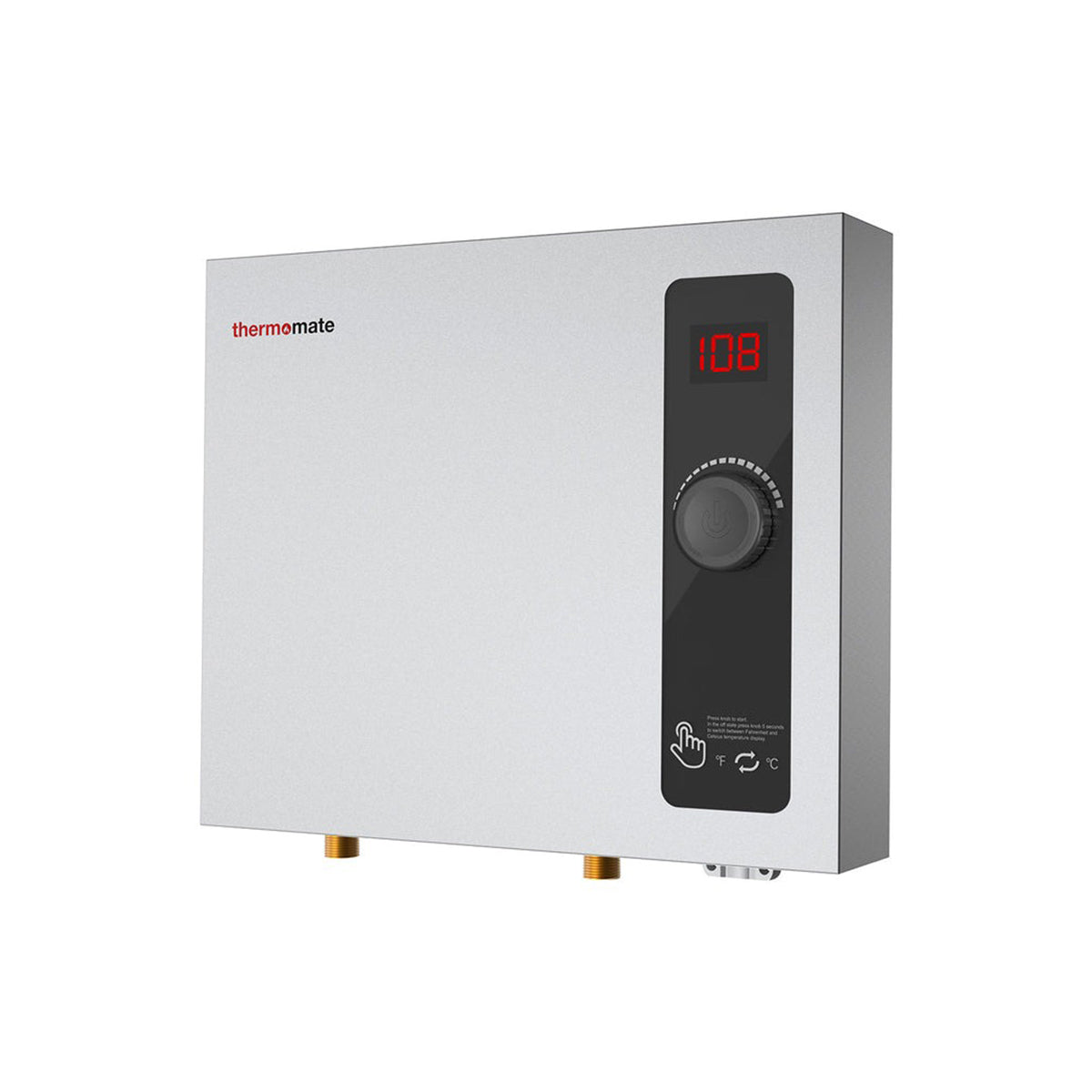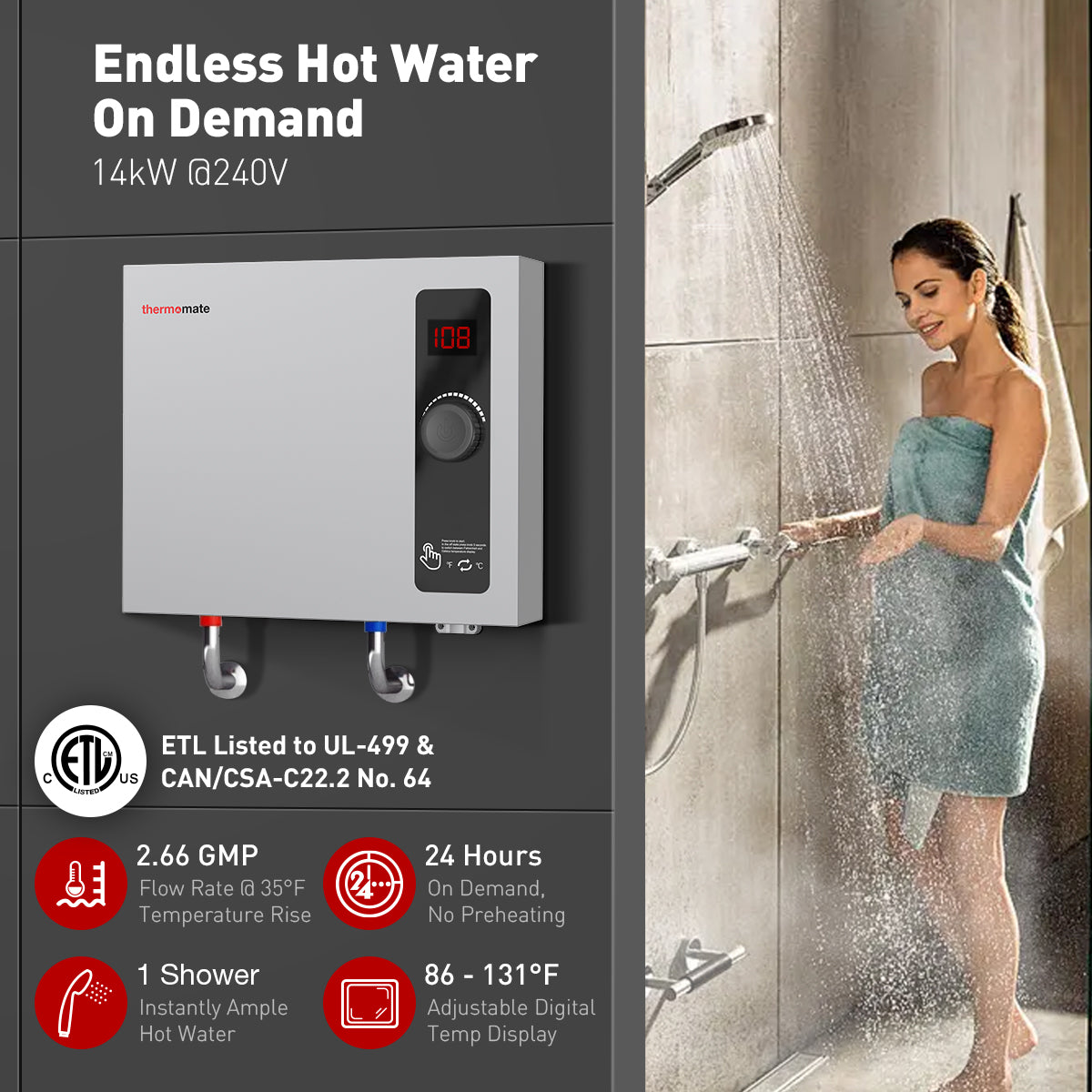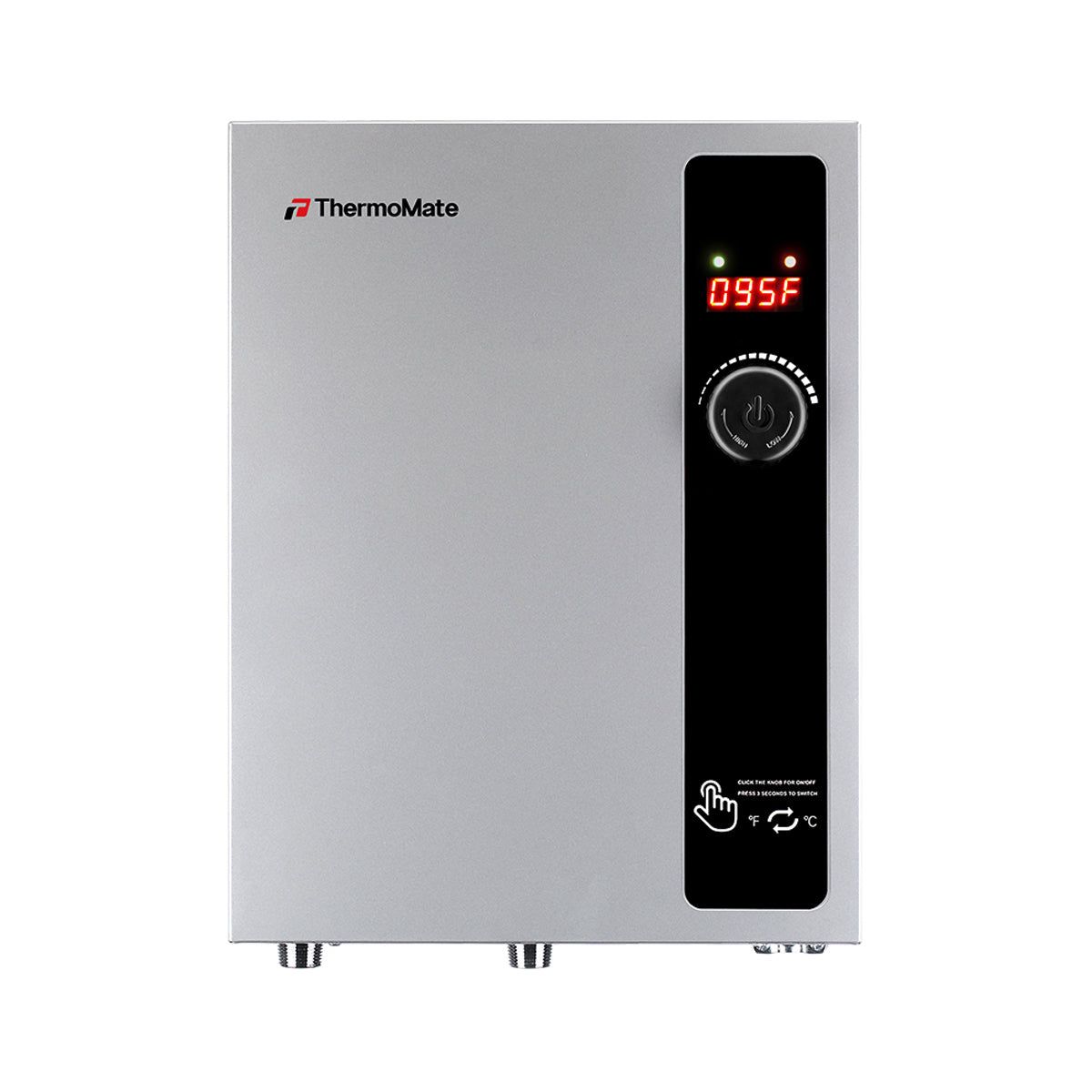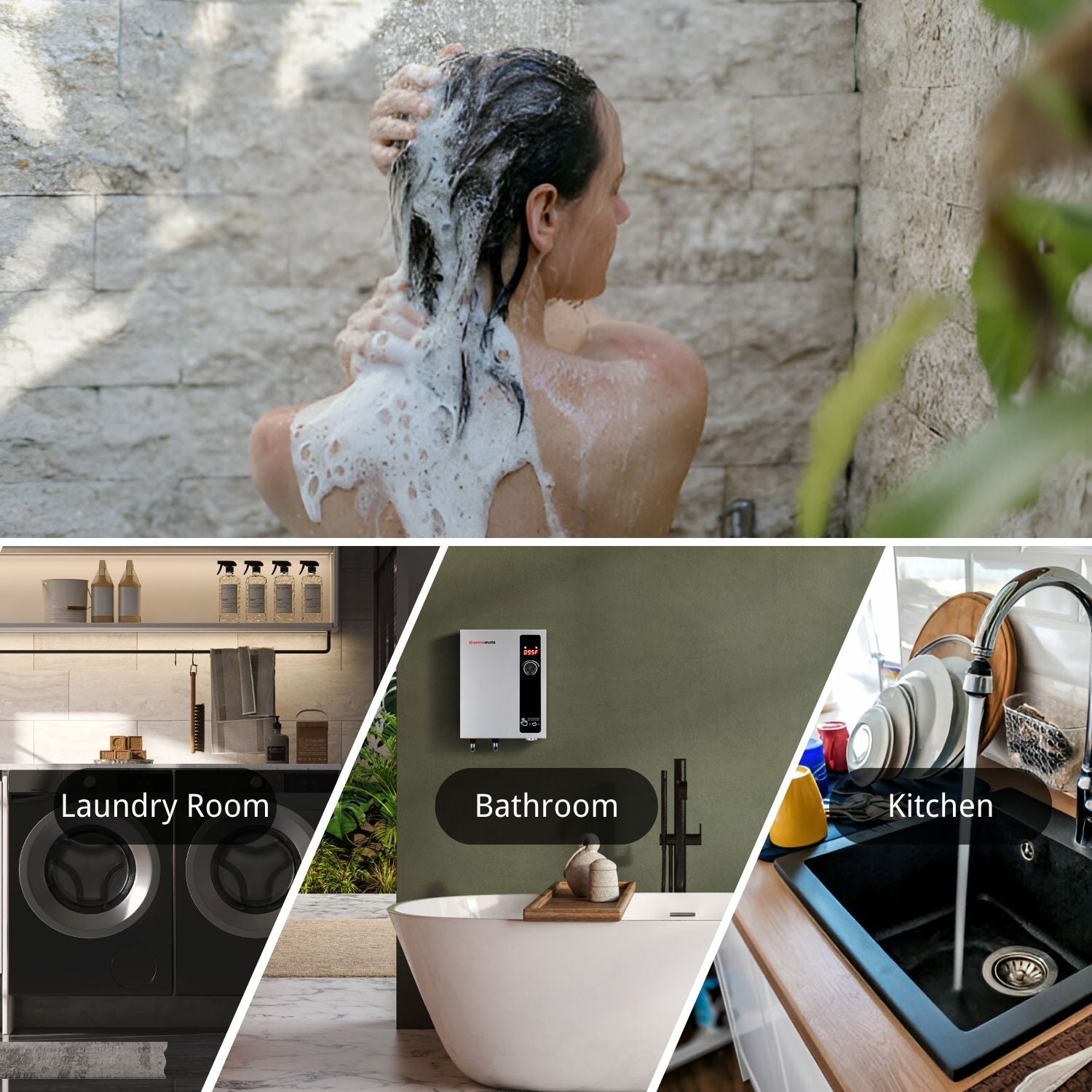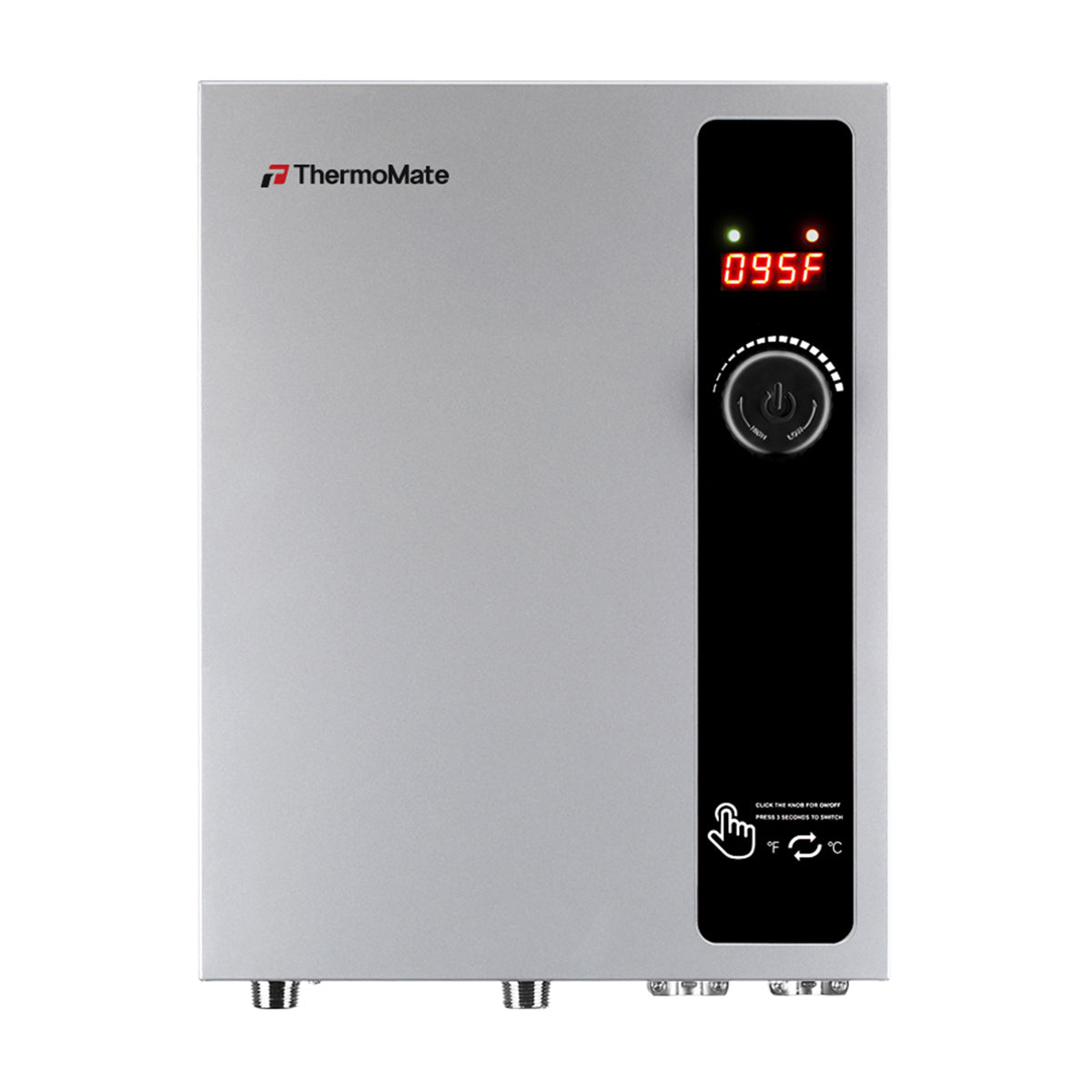Wenn es kühler wird, erscheint der Terrassenheizer drinnen vielleicht als praktische Lösung. Elektrische Terrassenheizer, die im Freien für wohlige Wärme sorgen, scheinen eine schnelle Lösung für kalte Innenräume zu sein. Aber ist es sicher und effektiv, sie im Haus zu verwenden?
In diesem Blogbeitrag gehen wir der Frage nach, ob elektrische Terrassenheizstrahler für den Innenbereich geeignet sind, wie sie funktionieren und welche Sicherheitsmaßnahmen Sie beachten sollten.
Elektrische Terrassenheizungen verstehen

Elektrische Terrassenheizer geben Strahlungswärme ab, die Personen und Gegenstände in ihrem Weg direkt erwärmt, ohne die Luft zu erwärmen. Sie werden häufig im Freien eingesetzt, da sie in offenen, gut belüfteten Räumen, wo die Wärme nicht so leicht entweicht, effektiv Wärme erzeugen.
Können Sie elektrische Terrassenheizungen im Innenbereich verwenden?
Die einfache Antwort lautet: Ja , aber mit Vorsicht. Im Gegensatz zu Gas- oder Propangas-Terrassenheizungen, die aufgrund der möglichen Kohlenmonoxidbildung für den Innenbereich definitiv nicht geeignet sind, sind elektrische Terrassenheizungen eine sicherere Option, da sie keine schädlichen Gase ausstoßen. Beachten Sie jedoch die folgenden Faktoren:
1. Sicherheitsfunktionen
Wenn Sie einen elektrischen Terrassenheizer im Innenbereich verwenden möchten, achten Sie darauf, dass das Modell über die entsprechenden Sicherheitsfunktionen verfügt:
- Überhitzungsschutz : Schaltet die Heizung automatisch ab, wenn es zu heiß wird.
- Kippschalter : Diese Funktion schaltet die Heizung aus, wenn sie versehentlich umgestoßen wird.
- Kühl anzufassende Oberflächen : Minimiert das Risiko von Verbrennungen durch direkten Kontakt.
2. Richtige Platzierung
Innenräume sind oft beengter, und elektrische Terrassenheizer können sehr heiß werden. Achten Sie darauf, dass genügend Abstand um den Heizstrahler herum besteht, damit sich keine brennbaren Gegenstände entzünden. Stellen Sie den Strahler nicht in der Nähe von Vorhängen, Möbeln oder anderen Haushaltsgegenständen auf, die durch die Hitze beschädigt werden könnten.
3. Belüftung und Luftstrom

Elektrische Terrassenheizer erzeugen zwar keine Dämpfe, dennoch ist die Luftzirkulation zu berücksichtigen. Diese Heizgeräte sind in der Regel für den Außenbereich konzipiert. In geschlossenen Räumen kann es daher zu übermäßiger Hitzeentwicklung und damit zu Unbehagen oder Überhitzung kommen. Achten Sie bei der Verwendung in Innenräumen stets auf die Temperatur.
4. Größe und Leistung
Elektrische Terrassenheizer sind in der Regel leistungsstärker als herkömmliche Innenheizgeräte und für die Beheizung großer, offener Flächen konzipiert. Bevor Sie einen Innenheizer verwenden, sollten Sie die Größe des Raumes berücksichtigen. Ein zu leistungsstarker Heizer für einen kleinen Bereich kann zu Überhitzung und Energieverschwendung führen.
5. Lokale Vorschriften
Informieren Sie sich über die örtlichen Bauvorschriften und Bestimmungen zur Nutzung von Außenheizgeräten in Innenräumen. In manchen Regionen gelten möglicherweise spezielle Vorschriften für die Nutzung bestimmter Heizgeräte in Wohnräumen.
Alternativen zu elektrischen Terrassenheizern für den Innenbereich
Wenn Sie einen Innenraum heizen möchten, sollten Sie ein speziell für den Innenbereich entwickeltes Heizgerät in Betracht ziehen. Diese Modelle sind in der Regel kompakter, energieeffizienter und sicherer für beengte Räume. Beliebte Alternativen sind:
- Elektrische Raumheizgeräte : Für den Einsatz in Innenräumen konzipiert, oft mit integrierten Sicherheitsfunktionen ausgestattet.
- Infrarot-Heizgeräte : Wie Terrassenheizgeräte nutzen Infrarot-Heizgeräte Strahlungswärme, sind jedoch eher für den Einsatz in Innenräumen geeignet.

Abschluss
Elektrische Terrassenheizstrahler können zwar auch in Innenräumen verwendet werden, es ist jedoch wichtig, die Sicherheitshinweise zu beachten und das Gerät richtig zu platzieren. Für den langfristigen Einsatz kann jedoch die Investition in einen speziell für den Innenbereich konzipierten Strahler die sicherere und energieeffizientere Wahl sein. Achten Sie stets auf die Sicherheit und lesen Sie die Produktanleitung auf Herstellerhinweise zur Verwendung in Innenräumen.
Auf diese Weise können Sie Ihren Raum warm und gemütlich halten, ohne Kompromisse bei Sicherheit oder Komfort einzugehen.


